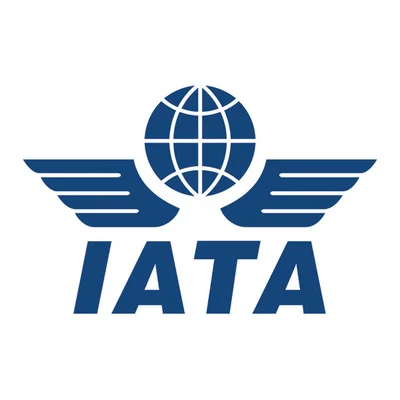Several key design features make the SkyCourier suitable for conversion into an air ambulance. Its flat-floor cabin simplifies the installation of medical equipment. Wide access doors facilitate easy loading of stretchers and medical supplies. The aircraft's maximum payload capacity allows it to carry multiple patients and medical teams simultaneously.
Transforming the SkyCourier into an air ambulance involves modifications such as removing standard interiors to make room for medical equipment, installing life-support systems, and enhancing lighting and environmental controls.
Accessibility is crucial in any air ambulance configuration. The SkyCourier's thoughtful design prioritizes the needs of medical teams, ensuring efficient operation during flights.
The aircraft's affordability compared to larger jets or turboprops makes it accessible to a broader range of operators. Its performance in remote locations is invaluable where medical evacuation is most critical.
Real-world applications include emergency medical evacuations in regions with infrastructure challenges, disaster relief efforts during natural disasters or pandemics, and organ transport missions.
While other aircraft like the Beechcraft King Air 350 are popular for air ambulance missions due to their speed and range, the SkyCourier offers more cabin space and payload capacity. These differences highlight its niche as a high-capacity, cost-effective alternative.
As demand for air ambulance solutions grows globally, driven by increased healthcare access in remote areas and efficient disaster response systems' need, the SkyCourier is positioned as a promising addition to fleets worldwide.
Textron Aviation may enhance future variants of the SkyCourier to further solidify its role in EMS operations.
The Cessna SkyCourier's conversion to an air ambulance underscores its versatility, reliability, and cost-effectiveness. Its spacious cabin, modular design, and exceptional performance make it a standout choice for emergency medical services worldwide.
 Alerts Sign-up
Alerts Sign-up



































